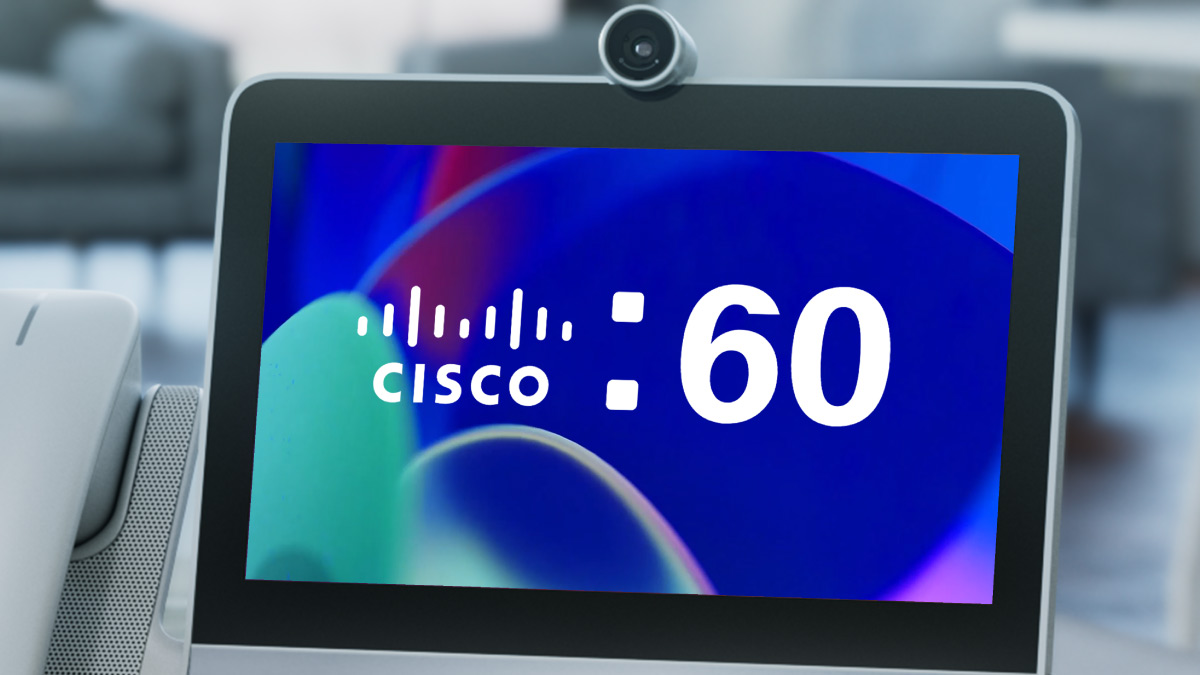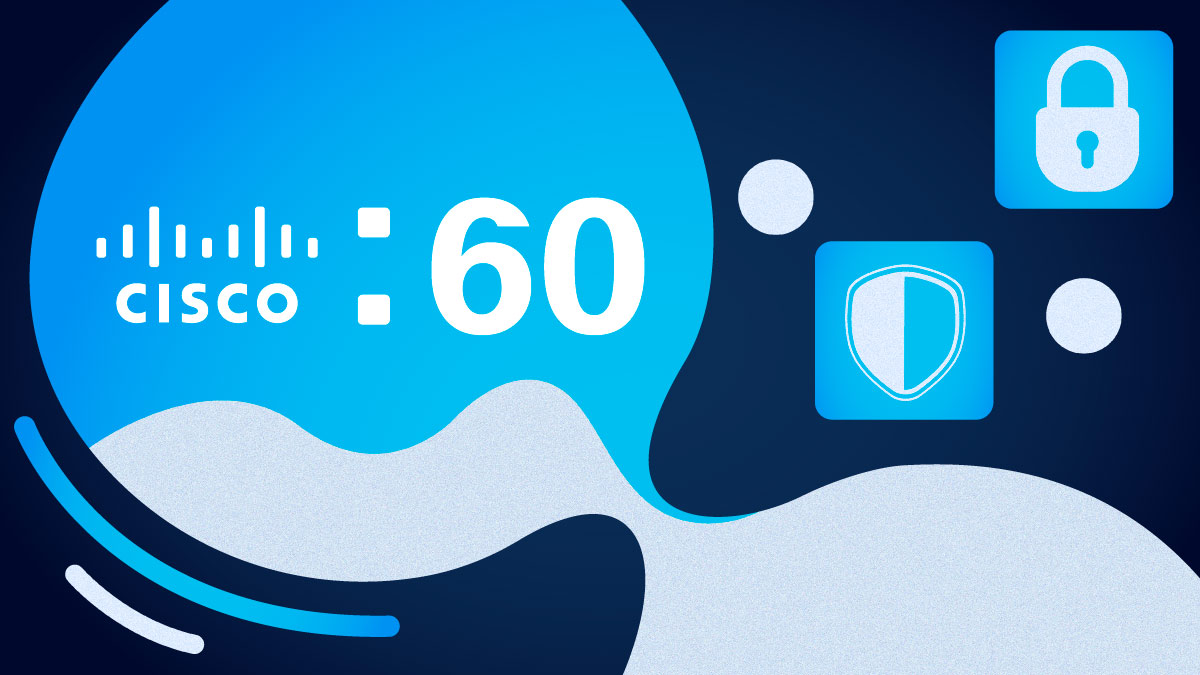Becoming a digital nomad is a growing lifestyle, but employees need the right technology to make it happen. A 2017 Gallup poll titled “State of the American Workplace” found that 43 percent of employed Americans worked remotely sometime in 2016, and the number grows year by year, with more employees working remotely full time.
This is hardly a new concept. Fast Company states that the first ever co-working space, The Oxford coffee house, opened in London in 1650. These days, it’s difficult to pass a coffee shop without seeing most patrons plugged into their laptops. All Work reports that there are now more than 14K co-working spaces in the world, and the number is expected to rise to 3.8 million spaces in 2020 and 5.1 million spaces in 2022.
See also: AI 101 with Nirav Sheth
For those seeking the first steps on how to become a digital nomad, here are some tips from Forbes and The New York Times. Cisco’s bevy of global employees include many remote workers, whether full time or depending on assignment. Employee Marcela Quintela writes about her dream to visit “as many Cisco offices around the world as possible”. Quintela recently visited Cisco’s Barcelona office and wrote that as a passionate traveler, Cisco allows her to connect to everywhere and everyone.
Cisco Ecosystem Partner Marketing Manager Matt Ingram uses his digital nomadic lifestyle to accompany his wife, who is a traveling nurse.
“Once I heard about the opportunity for my wife to become a traveling nurse, I barely thought twice about making it a reality,” says Ingram, “After working at Cisco for 3 years, I knew that not only would it be possible to work remotely using our collaboration tools, but also that we have the type of culture that would support it wholeheartedly. I could do my job just as effectively and continue to grow my career, all while traveling to support my wife's personal and career aspirations.”
Ingram has taken Webex meetings everywhere from Lake Tahoe, to Yosemite, to Seattle’s Space Needle. “Thanks to our collaboration portfolio,” he says, “I haven't missed a beat.”
It may be possible that in the future, every employee will be remote. In order for this to happen, workers need the collaboration technology to connect to message, take video calls, and more.
Cisco’s Webex is constantly evolving to bring better collaboration tools for employees. The recent Cognitive Collaboration launch in March unveiled new intelligence and AI features to the Webex portfolio. People Insights allows meeting participants to see professional profiles of other folks in the meeting. Webex Assistant lets you join a meeting proactively—meaning that if you walk into a room, the Webex device uses intelligent proximity to ask you if you want to join a certain meeting.
See also: What's the X factor in Cisco's new Webex
Webex also has an answer for those looking for even more productivity—uninterrupted workstreams through integrations with Salesforce and Microsoft OneDrive. Webex’s open APIs, integrations, and partner solutions combine these tools with Webex so that workers can get things done in a single place, without having to constantly switch between apps.
It’s these new attributes that aim to take the hassle away from joining and accessing collaboration tools, and lets you get right into the work at hand (wherever you may be).
###
We welcome the re-use, republication, and distribution of "The Network" content. Please credit us with the following information: Used with the permission of http://thenetwork.cisco.com/.




